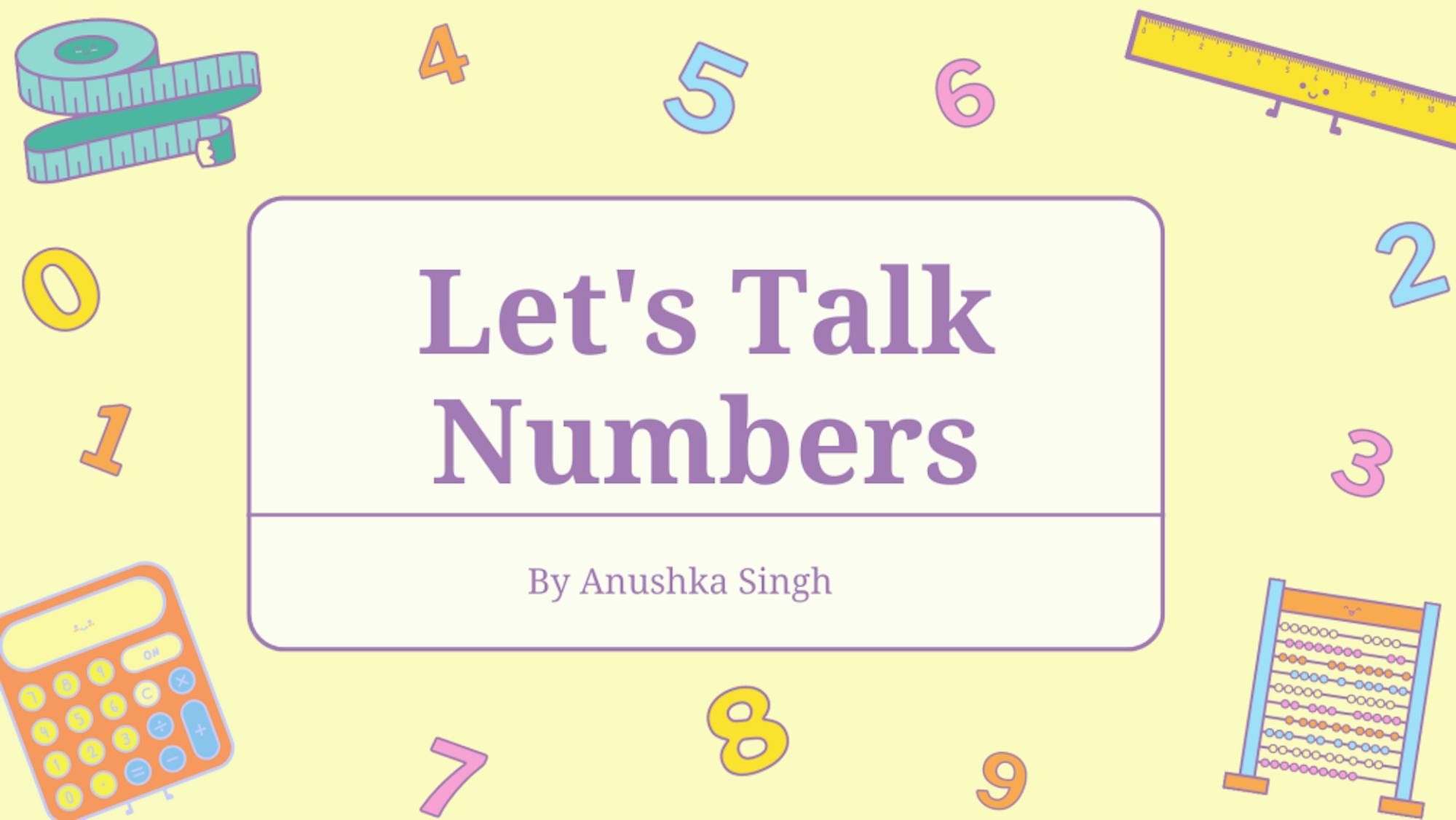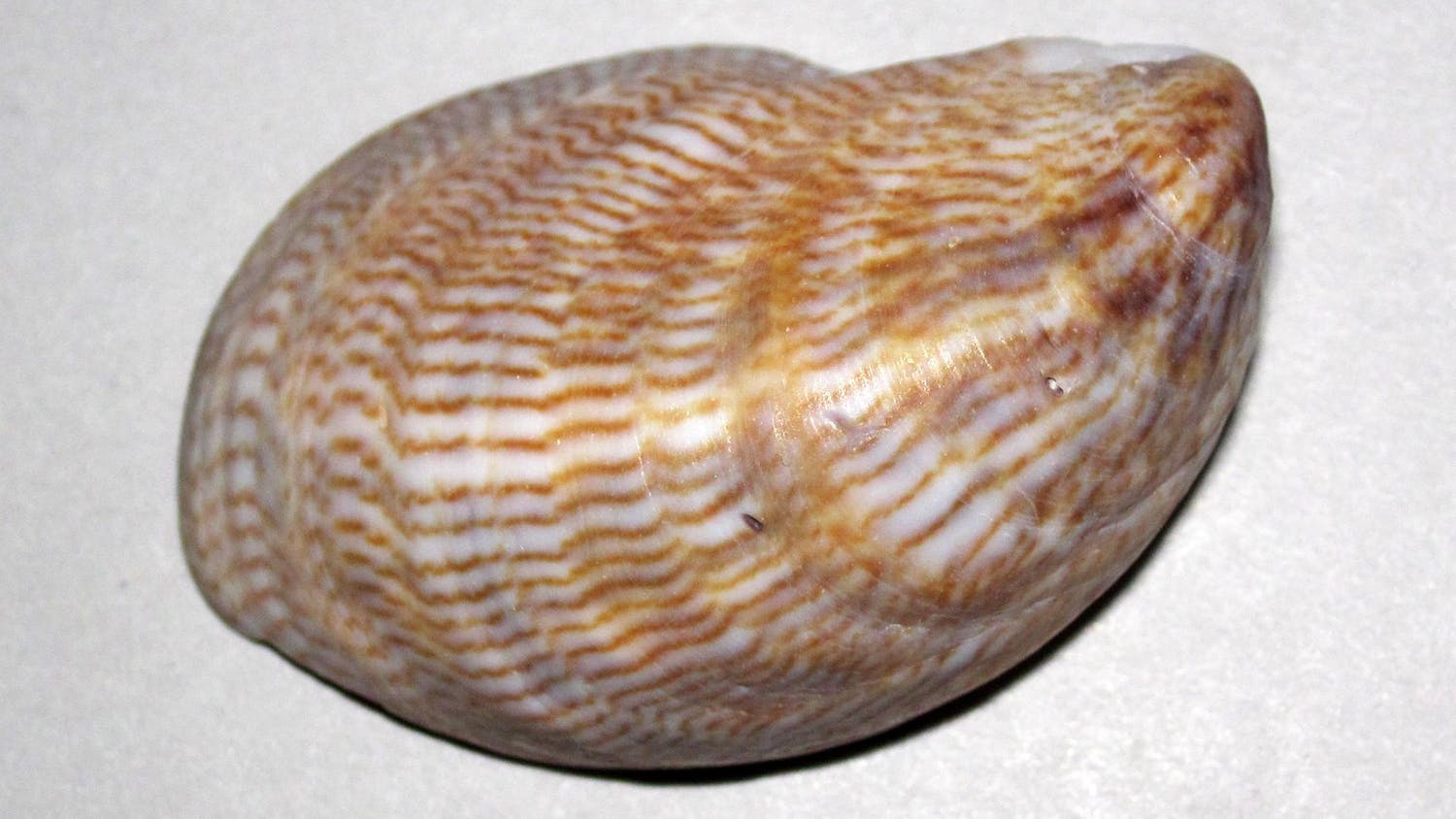If you’re passionate about baseball and are familiar with the history of the sport, you may be familiar with the player Babe Ruth and his record of 714 home runs set in 1934. This record stood strong until Hank Aaron hit his 715th home run in 1974 — a historic day for baseball and an inquisitive day for mathematicians.
“What’s so special about 714 and 715?” you may ask. Well, let’s see if we can find some interesting properties. Let’s factorize these two numbers:
714 = 2 x 3 x 7 x 17
715 = 5 x 11 x 13
Why do we start by factoring these numbers? Well, let’s see if we can understand this with an analogy. Imagine the numbers to be food dishes. You want to figure out what is so special about the taste of the dish that you are eating. Your first instinct would be to look at the ingredients of the dish. That is essentially what we are trying to do here. We are looking at the numbers that make up 714 and 715.
Now, there’s already an interesting pattern visible in its factors. If you combine the factors of both numbers, you will get all the prime numbers up to the number 17. In other words,
714 x 715 = 510,510 or 2 x 3 x 5 x 7 x 11 x 13 x 17
The product of two consecutive numbers is the product of all of the primes up to a certain number.
How common is this property? Does it happen for bigger and smaller numbers? How many pairs of consecutive numbers have this special property?
Turns out, this property is fairly rare. You can find examples of numbers smaller than 714 and 715 that satisfy this property (some examples given below), but up until now, no one has found two consecutive numbers larger than 714 and 715 whose product is equal to the product of all the prime numbers up to a certain number. Pairs having this property are now known as Ruth-Aaron pairs.
5 x 6 = 30 or 2 x 3 x 5
14 x 15 = 210 or 2 x 3 x 5 x 7
Is this the only fascinating property of 714 and 715? Could you find something more interesting about 714 and 715?






